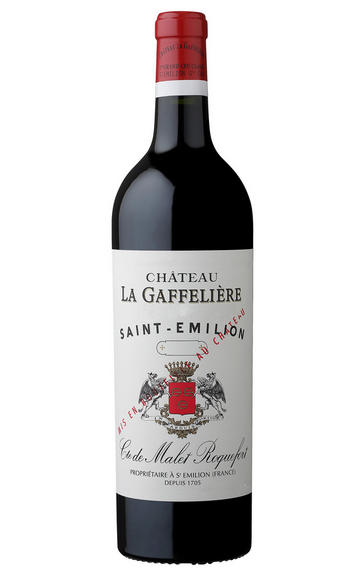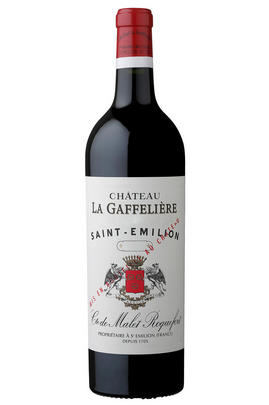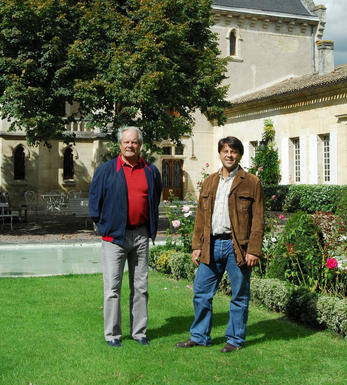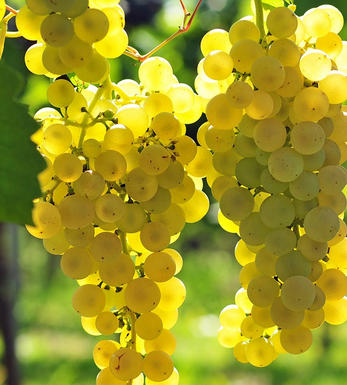
1996 Château La Gaffelière, St Emilion, Bordeaux

Critics reviews
Good, fleshy maturity. Losing primary fruit, and finishes light. How frustrating! Just a few years too old perhaps? Not dead, just lacking a bit of ripeness.
Richard Hemming MW, JancisRobinson.com (May 2014)
La Gaffeliere's 1996 is one of this estate's finest efforts over recent years. The property's hallmark style produces medium-bodied, soft, attractive, lightweight wines that are savoured for their delicacy and subtlety as opposed to blockbuster impact. The 1996 reveals a dark plum colour, a sweet nose of black cherries and cassis, a medium body, excellent purity, nicely integrated wood and acidity, and a sweet, finely textured, savoury finish. The wine will benefit from 2-3 years of cellaring and will keep for 15 or more years.
Robert M. Parker, Jr., Wine Advocate (April 1997)
Attractive, expressive aromas of black cherry, liquorice and spicy, smoky oak. Supple, silky and fairly dense for the vintage; not especially vibrant or nuanced but has good stuffing and balance. Even tannins showed a slightly dry, dusty quality with aeration.
Stephen Tanzer, Vinous.com (May 1998)
About this WINE

Chateau La Gaffeliere
Château La Gaffelière is owned by Léo de Malet Roquefort, and the 22 hectare property produces on average 10,000 cases per year. Located in the centre of the St. Emilion appellation, due south of St. Emilion town, the property shares a similar climate to that enjoyed by both St.Emilion and Pomerol: more continental than the maritime Médoc, with generally more spring rainfall, though less in summer and winter.
La Gaffeliere's vineyards (Cabernet Sauvignon 5%, Merlot 65%, Cabernet Franc 30%) lie on a sloped sandy/clay-limestone topsoil and limestone subsoil (a mix of Côtes and Pieds de Côtes). Fermentation takes place in stainless steel followed by extended wood maturation, with 33% of the barells being renewed annually.
La Gaffeliere is classified as a 1er grand cru classé(B).

St Émilion
St Émilion is one of Bordeaux's largest producing appellations, producing more wine than Listrac, Moulis, St Estèphe, Pauillac, St Julien and Margaux put together. St Emilion has been producing wine for longer than the Médoc but its lack of accessibility to Bordeaux's port and market-restricted exports to mainland Europe meant the region initially did not enjoy the commercial success that funded the great châteaux of the Left Bank.
St Émilion itself is the prettiest of Bordeaux's wine towns, perched on top of the steep limestone slopes upon which many of the region's finest vineyards are situated. However, more than half of the appellation's vineyards lie on the plain between the town and the Dordogne River on sandy, alluvial soils with a sprinkling of gravel.
Further diversity is added by a small, complex gravel bed to the north-east of the region on the border with Pomerol. Atypically for St Émilion, this allows Cabernet Franc and, to a lesser extent, Cabernet Sauvignon to prosper and defines the personality of the great wines such as Ch. Cheval Blanc.
In the early 1990s there was an explosion of experimentation and evolution, leading to the rise of the garagistes, producers of deeply-concentrated wines made in very small quantities and offered at high prices. The appellation is also surrounded by four satellite appellations, Montagne, Lussac, Puisseguin and St. Georges, which enjoy a family similarity but not the complexity of the best wines.
St Émilion was first officially classified in 1954, and is the most meritocratic classification system in Bordeaux, as it is regularly amended. The most recent revision of the classification was in 2012

Chasselas
A white grape variety that is believed to have originated in Egypt. It takes its name from a village in the Saone-et-Loire departement where it is grown to produce Pouilly-sur-Loire. It is widely planted around the world though more often as a table grape than for wine production.
In Germany it is known as Weisser Gutedel, and in France is often known as Chasselas de Moissac. It is the most widely planted variety in Switzerland where it is known as Fendant.
It was first planted in Alsace in the 17th century and is generally blended with other grapes and sold as Edelzwicker. The authorities are not keen on the grape and have banned any new plantings. It is a relatively easy variety to cultivate although its naturally high vigour means it is not suited to very dry and very fertile soils.


Buying options
Add to wishlist
Description
La Gaffeliere's 1996 is one of this estate's finest efforts over recent years. The property's hallmark style produces medium-bodied, soft, attractive, lightweight wines that are savoured for their delicacy and subtlety as opposed to blockbuster impact. The 1996 reveals a dark plum colour, a sweet nose of black cherries and cassis, a medium body, excellent purity, nicely integrated wood and acidity, and a sweet, finely textured, savoury finish. The wine will benefit from 2-3 years of cellaring and will keep for 15 or more years.
Robert M. Parker, Jr., Wine Advocate (April 1997)
wine at a glance
Delivery and quality guarantee